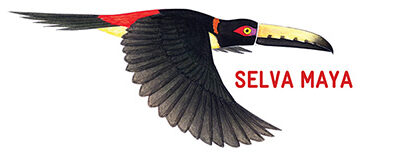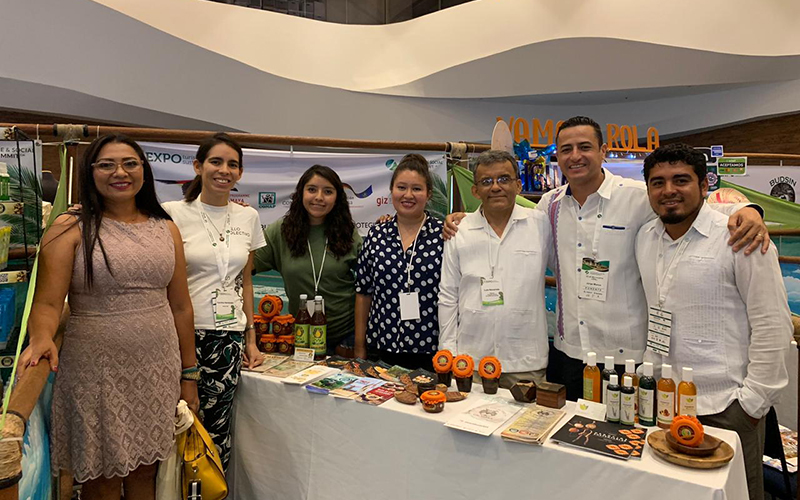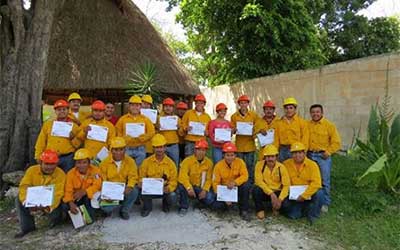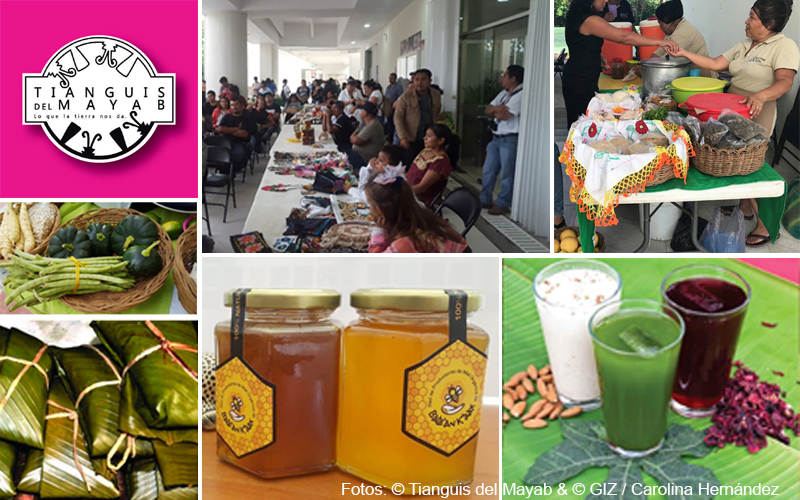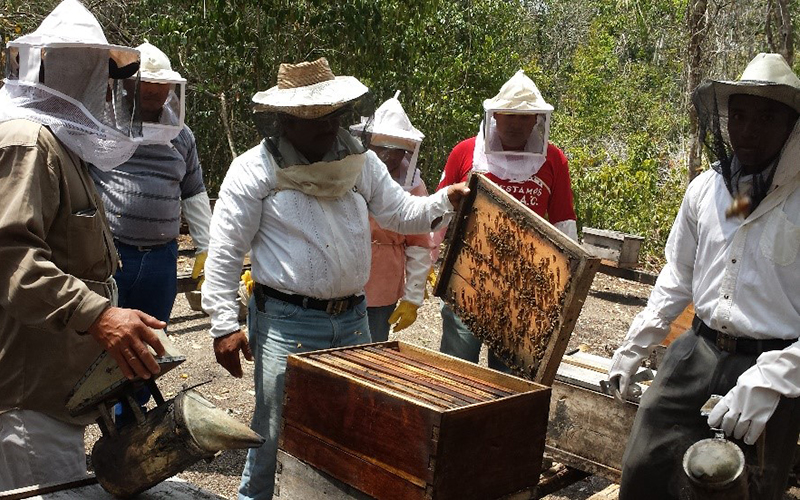Bulletin published by the IUCN (International Union for Conservation of Nature), available on: https://www.iucn.org/es/news/mexico-america-central-y-el-caribe/201811/areas-protegidas-herramientas-para-la-integracion-y-el-desarollo
One of the key messages at the parallel event which was organized by SEMARNAT/CONANP, CONABIO, GIZ, KfW and the IUCN in the framework of the COP-14, was: To generate tools and information for decision makers which will improve the conservation of biodiversity and strengthen the management in the protected natural areas.
Sharm El-Sheikh, Egypt, 28th November 2018 (IUCN). In the past years the cooperation between Mexico, Central-America and Germany has incremented, as well as the impacts and benefits derived mainly from the joint and coordinated execution of projects that contribute to the conservation and protection of biodiversity just as the generation of social benefits. This was the joint message conveyed by the German cooperation, the agencies of the protected areas of Belize, Guatemala, Mexico and the implementing organizations of the projects, for example: IUCN, the German Development Bank (KfW) and GIZ (German Agency for International Coorporation), within the framework of the Fourteenth Conference of the Parties of the Convention on Biological Diversity (COP-14).
In the parallel event organized jointly by the Secretariat of Environment and Natural Resources of Mexico, through the National Commission of Natural Areas (CONANP) the National Commission for Knowledge and Use of Biodiversity (CONABIO) also from Mexico; IUCN; KfW and GIZ emphasized the importance of designing, coordinating and executing innovative projects, which seek to generate tools and information for decision making that improve the conservation of biodiversity, strengthen the management of protected natural areas, promote sustainable development and meet international commitments in this area.
“We must continue working creatively to integrate biodiversity in different development sectors, such as tourism, fisheries and others that generate impacts on the conservation and sustainable development of communities,” stated Biologist Hesiquio Benítez, General Director of the international cooperation and implementation of CONABIO.
Likewise, the panelists of the Strategic Coordination Group of the Selva Maya (GEC), made up of representatives of the protected area agencies of Guatemala, Mexico and Belize, highlighted the need and the strategic and technical importance of working in a programmatic and joint manner with the governments, the civil society, the private sector and other key actors in the consolidation of biodiversity conservation objectives.
For his part, the representative of Belize, Mr. Wilber Sabido expressed that “an emblematic case of regional governance, represents precisely this regional structure of the GEC, as a model of joint and strategic work for decision making in the coordination and coherence between the different projects and conservation processes that are carried out in the Selva Maya”.
During the event, the synergies and coordination of the following projects, currently in the process of implementation, were highlighted. All of which are implemented with financing from the German cooperation:
- Assessment of ecosystem services in natural protected areas in Mexico: an innovative tool for financing biodiversity and climate change (EcoValor Mx).
- Protecting biodiversity in the Trans-Mexican Volcanic Belt (COBEN).
- Integrated landscape management for biodiversity conservation in the Sierra Madre Oriental (MIP).
- Protection and sustainable use of the Selva Maya (Selva Maya Phase II).
- Protection of Natural Resources in the region of the Selva Maya Forest Mexico-Guatemala-Belize (Selva Maya KfW-UICN).
Project: Support of the monitoring of biodiversity and climate change in the Selva Maya (Selva Maya Monitoring).
